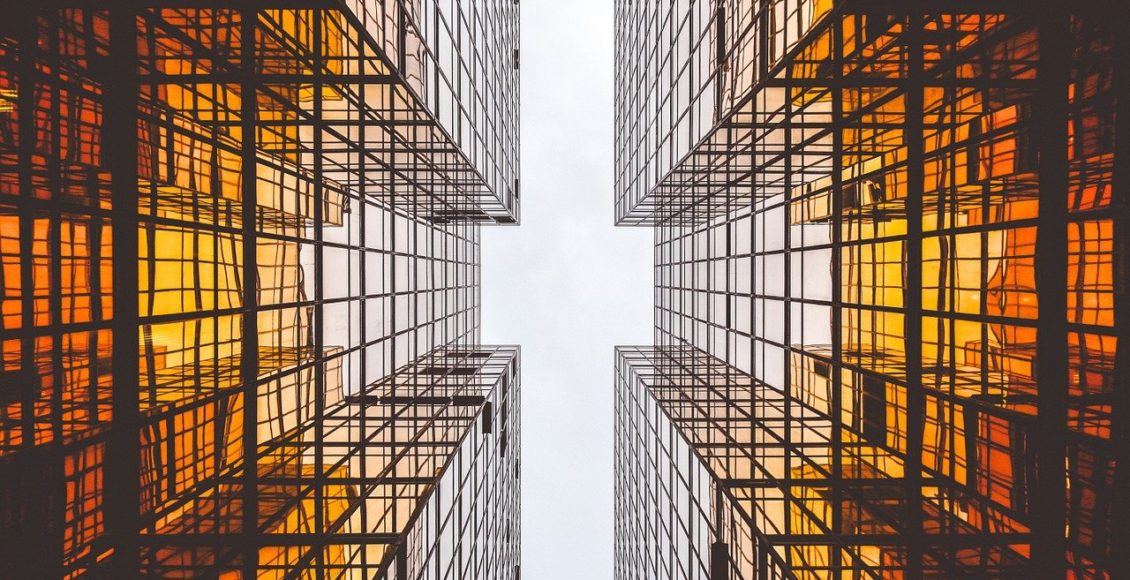Architectural photography is more than just pointing a camera to a building and snapping a photo. There’s an element of art to it, and that’s why avid architectural photographers can do something with the camera that no one else can.
Types Of Architectural Photography
Architectural photography can be categorized into two groups:
- Interior Photography – As the name suggests, it involves taking pictures of the interior of a building. It is the most challenging type of architectural photography.
- Exterior Photography – Exterior Architectural photography is all about taking pictures of a structure from the outside. It is slightly easier but still requires a lot of skill to produce great results.
How To Become A Great Architectural Photographer
1. Invest In The Right Gear
Great architectural photography starts with getting the right gear. You’ll need the basics like a DSLR, remote shutter cable, and a tripod. You probably already have most of these items but pay more attention when it comes to lenses.
This type of photography needs wide-angle lenses and ultra-wide angle lenses. The lenses help you fit an entire structure in one shot. Some people find fish-eye lenses to be useful as well, but they can cause drastic distortion in some cases.
Some other gear you may want to invest in is tilt-shift lenses, making it easier to capture stunning panoramic photos. A drone can also help you capture dramatic aerial shots seamlessly.
2. Get Your Positioning Right
Angle is everything in photography. It can transform an otherwise basic shot into a spectacular piece of art. There are two approaches to use here. One, you can try iconic angles that have worked well for other photographers before. Alternatively, you can find a unique angle of the specific structure you are photographing. Many people prefer the latter since it creates unique photographs that will make your portfolio stand out. However, iconic angles that have been used many times before can also create staggering pictures, especially when you tweak other factors like weather conditions, lighting, etc.
Speaking of, lighting is another crucial element you need to consider when searching for an angle. Take full advantage of the blue and golden hours to get the perfect lighting for exterior architectural photography.
Always consider the sun’s direction since it can affect your shots in various ways, e.g., it can create reflections, shadows and alter some textural elements.
Lighting is also critical in interior building photography. As pointed out at https://chadchenierphotography.com/houston-architectural-photographer/, fabrics, color, and texture must be accurate to get the best interior photographs. The only way to achieve that is by ensuring the lighting is perfect, and the pictures are captured from the right position.
3. Feel Free To Include Humans
The human element can enhance architectural photos dramatically. It’s an underrated technique, with many photographers paying attention to the structure and forgetting about the people who use them.
Besides showing how the structure operates on a day-to-day basis, adding humans can also give your image some perspective. For instance, with a child or adult in the picture, it becomes easier to understand the scale of the building.
4. Invest In A Good Post-processing Course
The best photos always go through some form of post-processing. This is where you address basics like contrast, color correction, and sharpness. It may also involve more intensive edits like fixing lens distortions that may have occurred.
This is an integral part of architectural photography, but it has a bit of a learning curve. Post-processing courses can also be costly, but they are always worth it if you want to take your skills to the next level.
5. Shoot At Different Times Of The Day And Under Varied Weather Conditions

Try shooting the structure under different weather conditions and see how good the snaps are. Don’t always assume that you can only get great photography under a particular condition only. Take photographs under an overcast sky, storms, rain, clouds, etc., compare the results and pick your best shot.
Similarly, don’t limit yourself too early morning photography. Sure, it works brilliantly most of the time, but maybe the evening photos are much better. The only way to know for sure is to try both of them.
6. Do Your Homework On The Structure Beforehand
Do your research on the structure beforehand to get ideas and inspirations for your shoot. If it’s a building that transformed its surroundings, consider taking a photo from outside with a few details from the environment.
Great architectural photography can tell stories through images. Hopefully, combining the above tips with lots of practice will put you on course to becoming an artistic photographer.



Comments are closed.